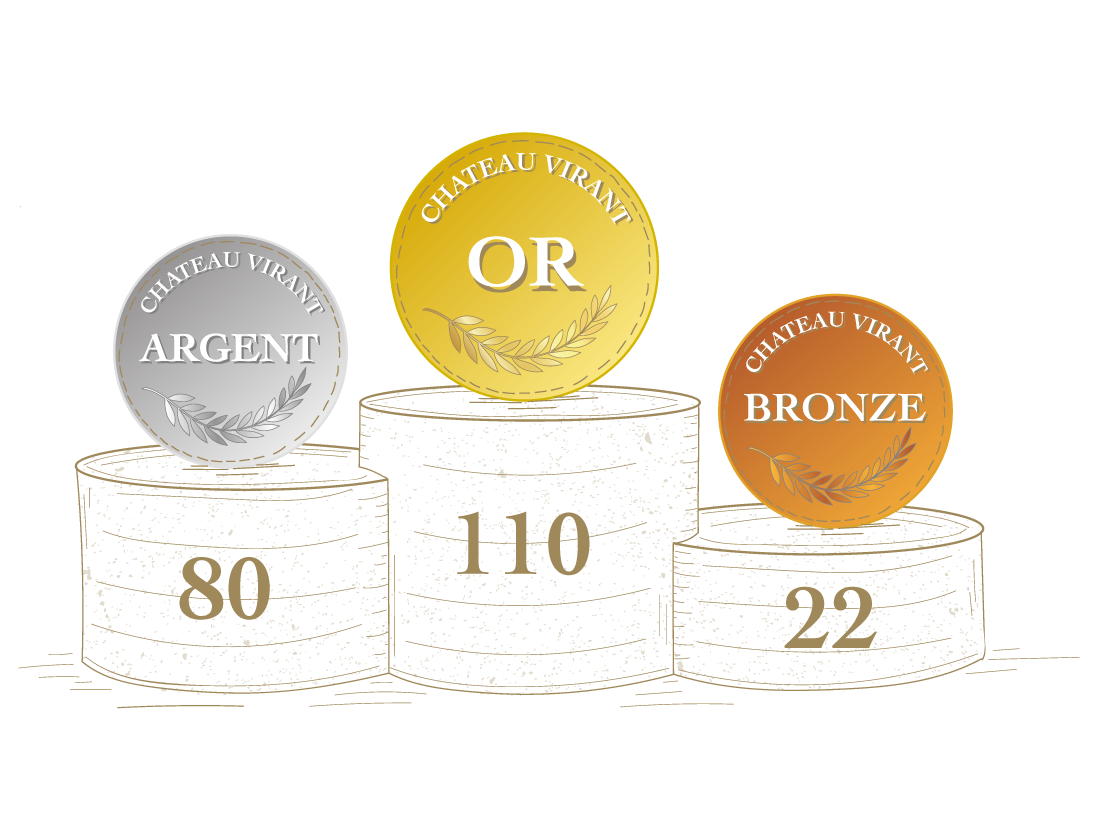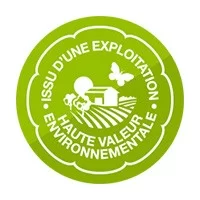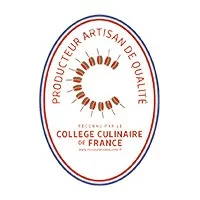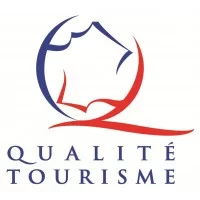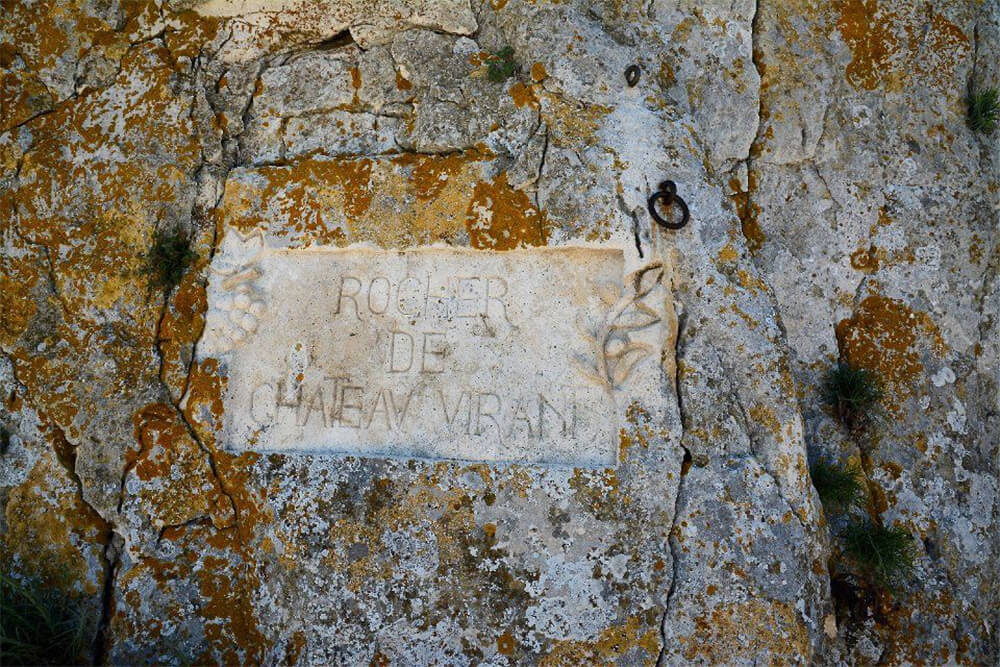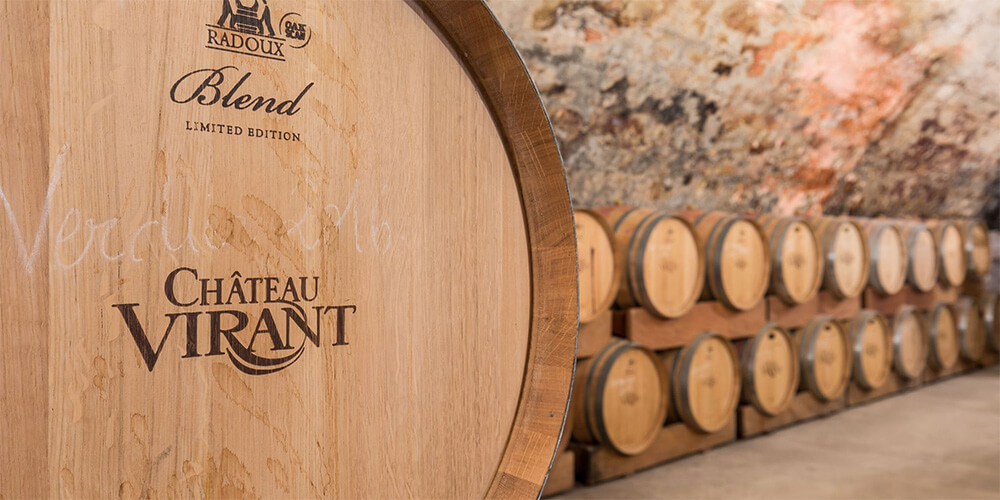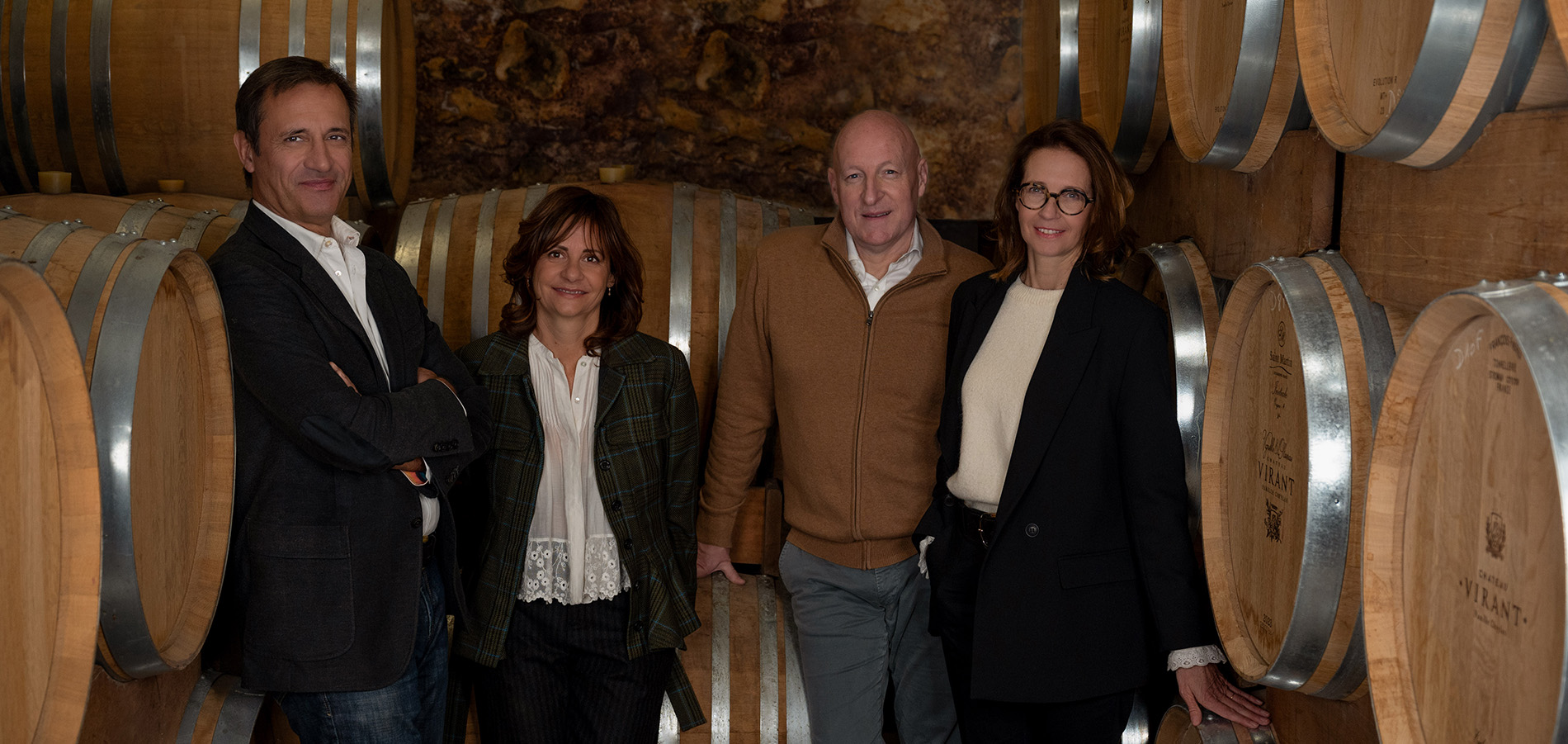WINES & OILS PDO
IN AIX-EN-PROVENCE
IN AIX-EN-PROVENCE
SUSTAINABLE AGRICULTURE & LOCAL CIRCUIT
Menu
-
MenuBack
- Home
-
Our selections
-
-
Our excellences
Magnums
-
Usage
-
Usage
-
Usage
-
Aroma family
- WINES
-
-
PLEASURE
Gray
Grey
Signature
Aged in oak barrels
-
Designation
-
Medal-winning wines
-
Artisan of the Earth since 1632
- OLIVE OILS
-
-
-
Types of oil
-
Grey
-
-
- Specialities
-
-
Savory
-
Sweet
-
-
-
- Accessories & gift boxes
-
-
Accessories
-
Library
-
-
-
Magnums
-
- Our story and know-how
-
-
The mill of Château Virant
-
Château Virant
-
Olive growing estate
-
Wine Estate
-
Old aging vinegar
-
-
- News & activities
-
-
-
Ticketing
-
Activities and wine tourism
-
-
-
- My account
-
-
-
WINES & OILS PDO IN AIX-EN-PROVENCE
SUSTAINABLE AGRICULTURE & LOCAL CIRCUIT
Shipping in 72 h
Customer service
Secure payment
Made in France
Quality products
Gift packages



